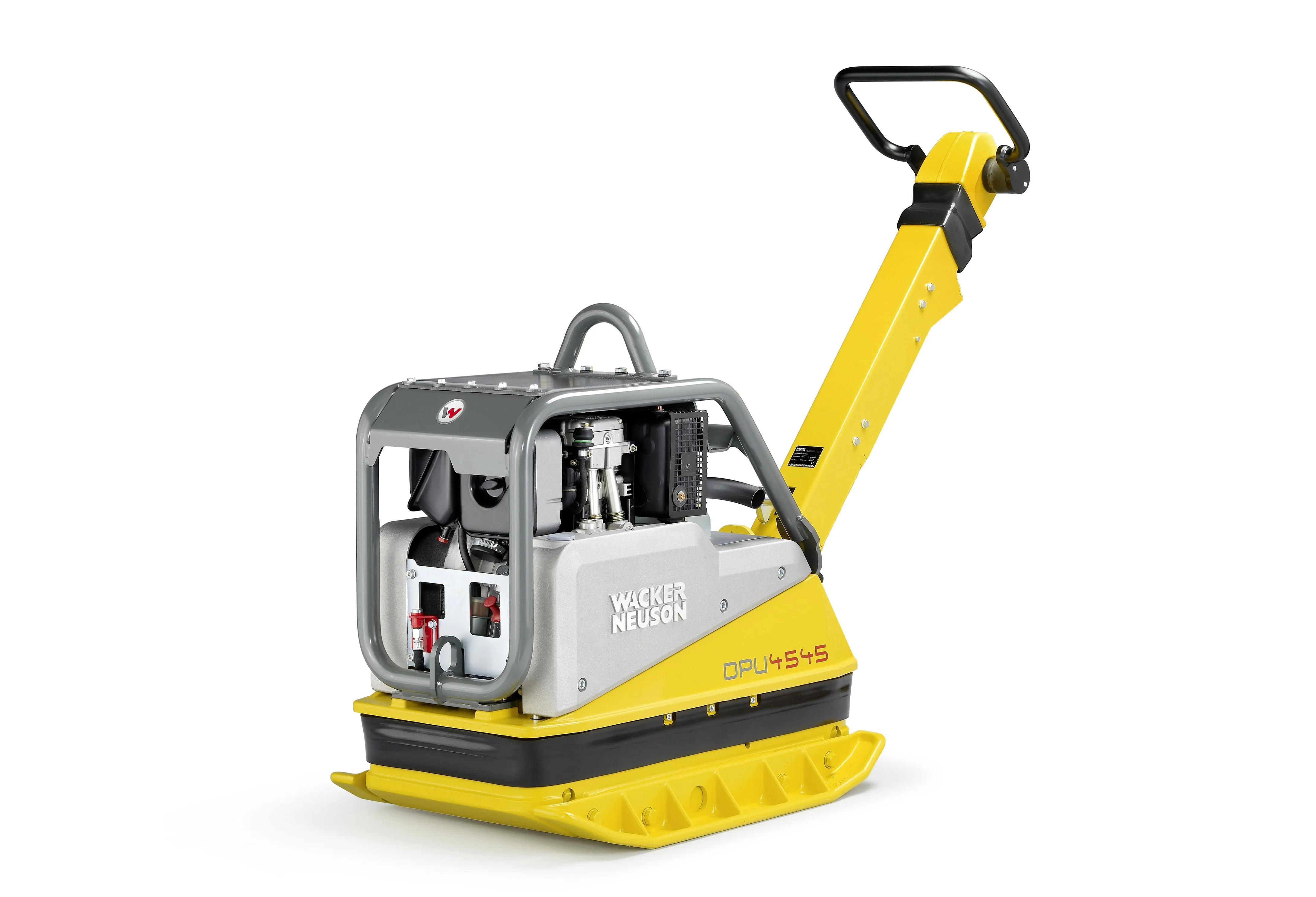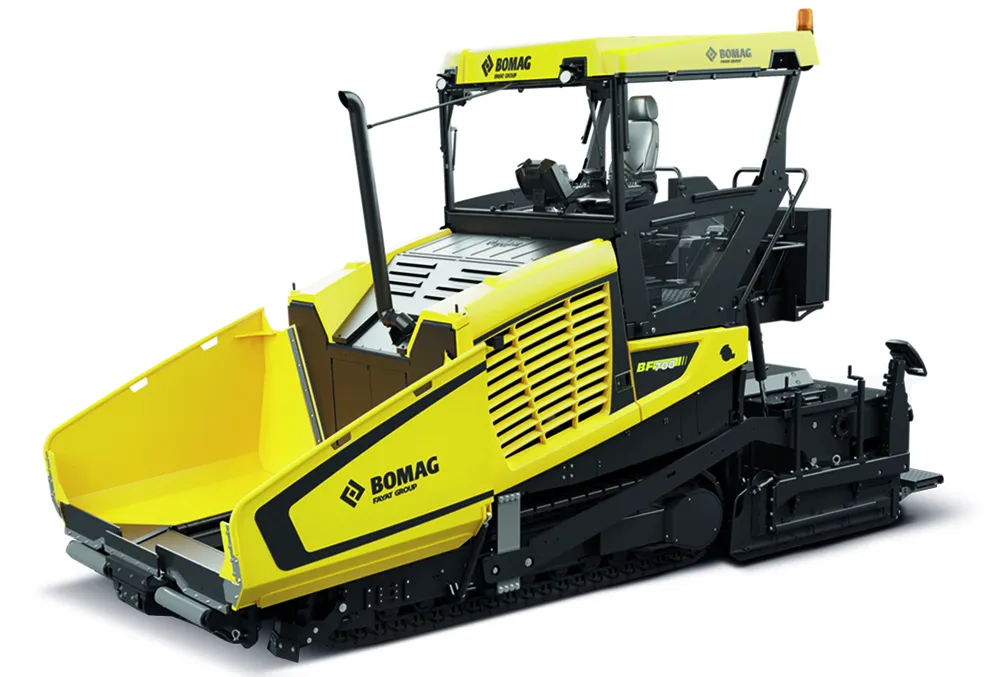Wacker Neuson has improved damping for the centre pole on its reversible vibratory plates to reduce hand-arm vibration below 1.5 m/s², meaning there is no time limit for operation of the machines.
The improvements are on machines in the weight class of 300kg to 800kg, or 40kN to 100kN of compaction performance. The diesel-powered vibratory plates DPU 4545, DPU 5545 and DPU 6555 achieve values of less than 1.5 m/s², while the DPU 4045 lies at just 0.9 m/s².
Wacker Neuson said the improvements take int
January 12, 2015
Read time: 2 mins

The improvements are on machines in the weight class of 300kg to 800kg, or 40kN to 100kN of compaction performance. The diesel-powered vibratory plates DPU 4545, DPU 5545 and DPU 6555 achieve values of less than 1.5 m/s², while the DPU 4045 lies at just 0.9 m/s².
Wacker Neuson said the improvements take into account the Directive 2002/44/EC of the European Parliament on minimum health and safety requirements regarding exposure of workers to risks from physical agents, such as vibration.
Not only are the new values below the threshold for hand-arm vibrations of 5 m/s², they are also well below the trigger value of 2.5 m/s². This means there is less statutory documentation for a plant manager to fill out and also less time is spent on instructing employees.
Oliver Kolmar, product manager for reversible vibratory plates at Wacker Neuson, said there is now an optimal balance between manoeuvrability and vibration damping in the centre pole. “The new vibratory plates are precisely guided with little effort and at the same time maintain a high level of operating comfort due to the low hand-arm vibrations,” he said.
As a part of the revision, the throttle lever now has an easily selectable idling position that prevents accidental turning off of the machine. Also, the Bowden cable for engine speed adjustment has been moved inside the centre pole to better protect it from damage.
More stability during transport is also provided by the sturdy centre pole lock, which was taken from the time-tested and proven model DPU 100-70 for all vibratory plates 300kg and above.








